TX Fishing Industry Under Threat From BlackRock Wind Farm Project
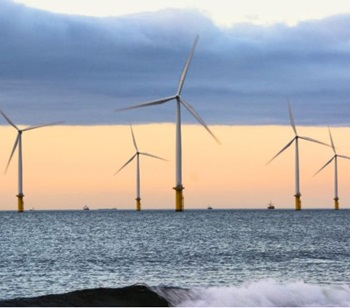 The massive destruction wrought on Massachusetts’ Vineyard Wind project has raised new questions about the safety and prudence of a similar BlackRock-backed project planned off the coasts of Louisiana and Texas near Port Arthur. Bonnie Brady of the Long Island Commercial Fisherman’s Association posted several pictures of broken and mangled offshore wind turbines from a recent storm to her X account on July 20. The images depict turbines with snapped blades hanging from their mounts. They also show large shards of metal and other debris washing ashore. Brady directed her post to every East Coast governor and the major presidential contenders, save for Vice President Kamala Harris, who had not yet announced her presidential candidacy, warning of what could happen to the fishing industry. “Stop the madness while you still can, because when the fiberglass lands on your shores you will (eventually) be out of the job. Ps we will never forget you threw US commercial fishing industries under the bus,” she wrote. more, >>CLICK TO READ<< 07:14
The massive destruction wrought on Massachusetts’ Vineyard Wind project has raised new questions about the safety and prudence of a similar BlackRock-backed project planned off the coasts of Louisiana and Texas near Port Arthur. Bonnie Brady of the Long Island Commercial Fisherman’s Association posted several pictures of broken and mangled offshore wind turbines from a recent storm to her X account on July 20. The images depict turbines with snapped blades hanging from their mounts. They also show large shards of metal and other debris washing ashore. Brady directed her post to every East Coast governor and the major presidential contenders, save for Vice President Kamala Harris, who had not yet announced her presidential candidacy, warning of what could happen to the fishing industry. “Stop the madness while you still can, because when the fiberglass lands on your shores you will (eventually) be out of the job. Ps we will never forget you threw US commercial fishing industries under the bus,” she wrote. more, >>CLICK TO READ<< 07:14


































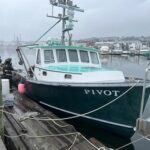
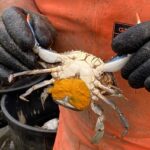
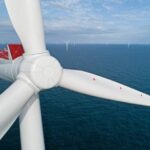
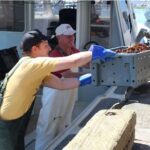

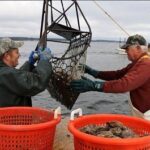




I am afraid folks are missing the big picture regarding fiberglass shards in the water. Windmill blades wear out. The reason blades wear out is the constant abrading of the leading edge of the blades. They are filled and repaired until the blade becomes beyond repair. This is a constant source of the finest and sharpest form of microplastics. This pollution is much like that of asbestos in that it never goes away.
The scale of this reality can be seen in photos of, and the conversation about, the massive areas of blades being buried in landfills where the bulldozer looks like an ant in comparison to the blades and landfill area.
For those who compare this issue to oil, they need to realize that oil is a natural substance that is consumed by aerobic microbes. It does ultimately go away or settle back into its natural environment. Even nuclear waste has a natural life cycle. This glass particulate does not and will destroy the food chain on both farmland and the ocean.